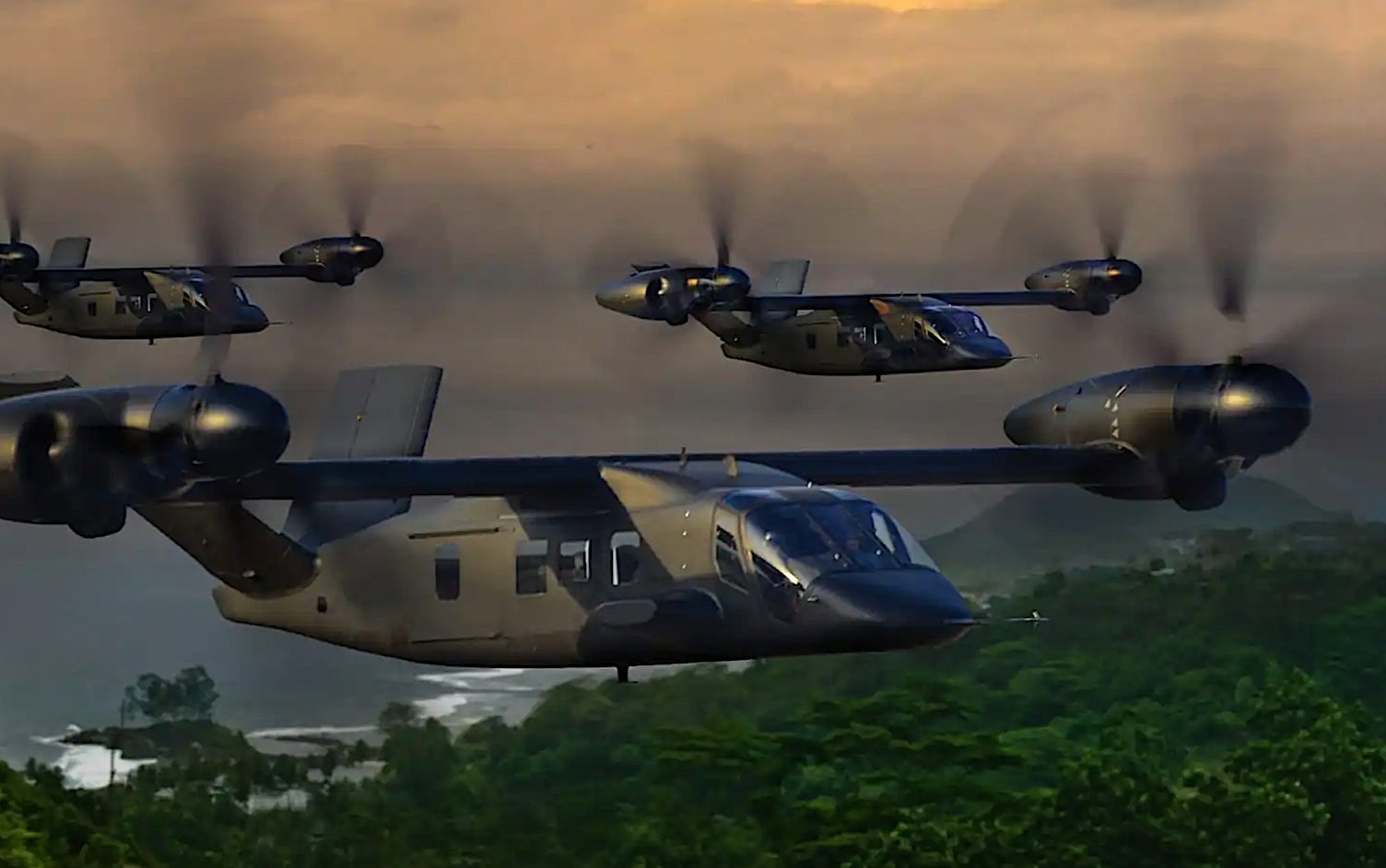The iconic Black Hawk helicopter, a stalwart of the U.S. Army for decades, is nearing the twilight of its service. The demands of a rapidly evolving battlefield necessitate a more capable aerial platform.
To address this need, the Army started on the Future Long Range Assault Aircraft (FLRAA) program, ultimately selecting Bell Textron’s V-280 Valor as the winning design. Positioned as a transformative leap forward, the Valor promises to redefine aerial mobility.

Unlike its predecessor, the Valor is a tiltrotor aircraft, combining the vertical takeoff and landing capabilities of a helicopter with the speed and efficiency of a fixed-wing airplane. This unique design enables it to rapidly transition between hovering and high-speed flight, offering unparalleled flexibility and operational advantages.
Classified details surrounding the Valor abound, yet the Army and Bell Textron consistently emphasize its exceptional reliability, affordability, and performance metrics. With the potential to double the range and speed of the Black Hawk, the Valor is poised to revolutionize how troops are deployed and supported on the battlefield.
As development progresses, anticipation mounts for the day when this cutting-edge aircraft joins the Army’s arsenal, marking a new chapter in military aviation. The Bell V-280 Valor represents a groundbreaking leap forward in military aviation.
This tiltrotor aircraft, propelled by twin Rolls-Royce turboshaft engines, is engineered to shatter speed records, boasting a projected top speed of 345 mph, outpacing the current helicopter benchmark.

With a substantial range of 575 miles and the capacity to transport either a dozen soldiers or over five tons of cargo, the Valor offers unmatched versatility. The recent Milestone B approval granted by the U.S. Army signifies a critical green light for the program, paving the way for the construction of six prototypes.
As development progresses, with the initial test flight slated for 2026, the Valor stands poised to revolutionize battlefield mobility, providing soldiers with an unparalleled tool for rapid deployment and logistical support when it enters service in 2030.

